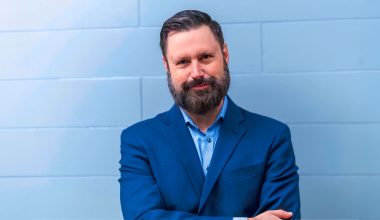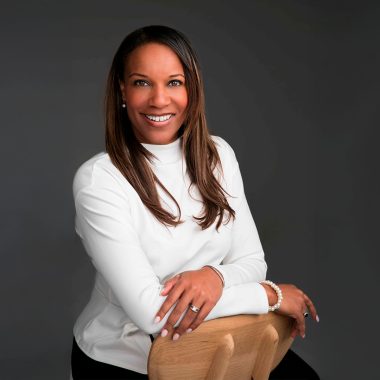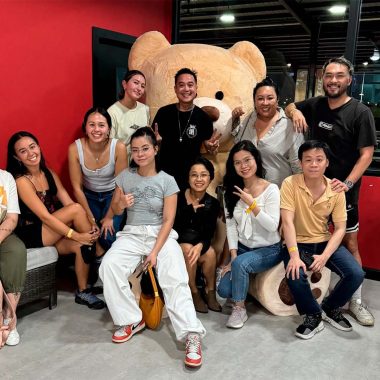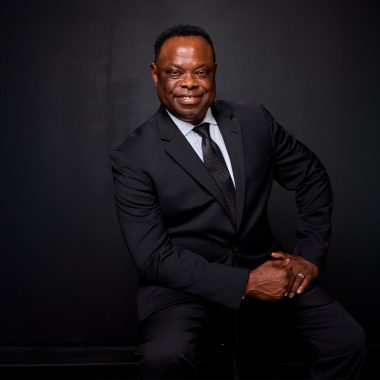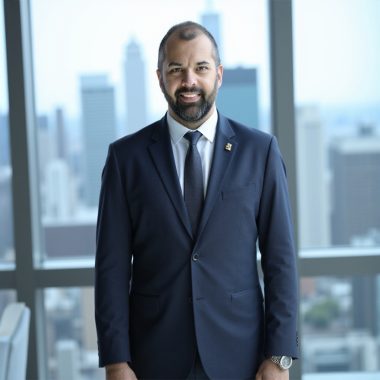Walk onto a typical job site in residential services, and you still see inspectors balancing on ladders, scribbling notes by hand, and processing information through cumbersome workflows. Many of these processes remain stubbornly manual and outdated, creating friction in businesses built on volume and repeatable service.
Adam Root, an executive product leader with over 17 years of experience driving transformational growth, has demonstrated how drone technology and machine learning within franchise networks can shift from incremental improvement to transformative change. “Franchise operations thrive on efficiency, consistency, and scale,” says Root, a reality he keeps front of mind as he works with teams to rethink entrenched processes. “If you can pinpoint the slowest, clunkiest part of a workflow and ask why it’s still being done that way, that’s where innovation begins,” he explains.
Identifying the Real Problem
Root is quick to point out that optimization doesn’t necessarily begin with technology. For him, it begins with clarity. “The first thing would be understanding what the core problem is, you know, what are we trying to solve? And a lot of people don’t know what the core problem was,” he explains.
While serving as VP of Product and UX for a private equity-backed company with thousands of franchise owners across multiple home service brands, Root noticed inefficiencies in the inspection arm of the business. The bottleneck came into focus as he saw how inspectors spent long stretches hoisting ladders, inching across steep shingles, and painstakingly jotting down notes about every crack or defect they saw.
The problem was not just inefficiency. “The core problem was how do we increase upsells and cross sells,” Root says. The inspection business generated valuable data, but the manual processes slowed throughput, reduced accuracy, and limited opportunities to leverage findings across the company’s other franchise brands.
Unlocking Efficiency with Drone Tech
Root and his team approached the issue differently. They studied thousands of inspection videos, timed tasks, and identified that climbing and evaluating roofs consumed disproportionate amounts of an inspector’s day.
A question emerged: why not use drones? “We used satellite footage to create boundaries for a flight pattern and a flight path,” Root recalls. “Then, because we did have thousands of images of roofs, we leveraged that and machine learning to create a classification engine where the drone would then feed that to an ML process.” The result was a system capable of identifying defects and non-defects with speed and accuracy.
The impact was immediate. Productivity increased by 33%, inspection volume jumped by 49% across 242 franchises, and inspectors no longer had to risk injury by climbing rooftops. More importantly, the system created a database of defects that unlocked new revenue opportunities through targeted upsells and cross sells across Neighborly’s other service brands.
The Expanding Role of AI and Machine Learning
For Root, drones were only one part of a broader vision of how machine learning can transform operations. He sees AI as an enabler of better human work rather than a replacement. “AI and machine learning is mimicry, is pattern recognition, it’s not creative critical thinking,” Root emphasizes. “Where we need humans is to go out and do those creative critical thinking problems and solve those. But machines can go out there and present the data in a way that makes it much more efficient to solve those problems.”
This philosophy guided his work not only at Neighborly but also with major enterprises like Tropicana, where he applied machine learning to predict supply chain disruptions by analyzing event data, weather patterns, and local demand drivers. In one case, event forecasting helped retailers adjust inventory in anticipation of spikes in orange juice sales tied to large-scale concerts.
Whether through drones capturing roof images or algorithms predicting consumer demand, technology’s value lies in eliminating redundant tasks and surfacing actionable insights.
A Framework for Transformative Growth
True innovation resists rigid frameworks, which is why Root tends to advocate for a structured way of thinking. “Here’s where I would say a framework is beneficial,” he explains. “First, look at macro forces to identify pockets of opportunity. Then drill deeper into core business problems and align those forces. Finally, leverage tools like AI, machine learning, and drones to maximize workflow efficiency.”
The technology itself, then, is secondary. “The technology is just a tool,” Root says. What matters most is the ability to recognize patterns, connect macro shifts to business realities, and design solutions that scale across franchise networks.
Looking Ahead
Root has shown how franchise operations can not only become more efficient but also more profitable and resilient. The model applies far beyond home services: any industry with repetitive workflows and distributed operations stands to benefit from similar approaches.
Root continues to advise mid-market companies and large enterprises alike, serving as a fractional Chief Product Officer for AI-driven ventures. His focus remains on finding “the unlocks”, the overlooked inefficiencies or untapped datasets that, once optimized, lead to exponential gains. “Those unlocks are where growth hides, and once you expose them, entire markets can change,” he says.
To follow Adam Root’s insights on product leadership and transformational growth, connect with him on LinkedIn.

